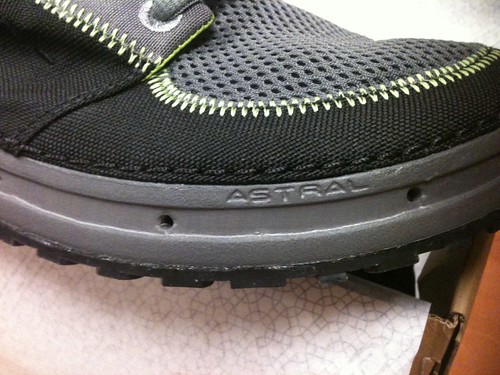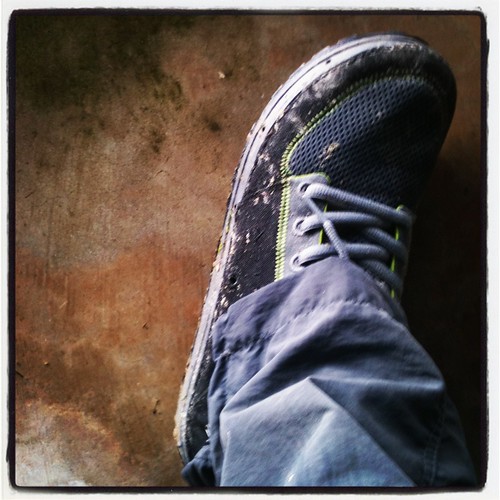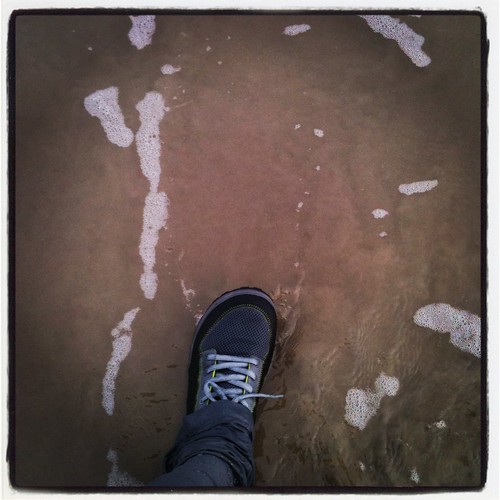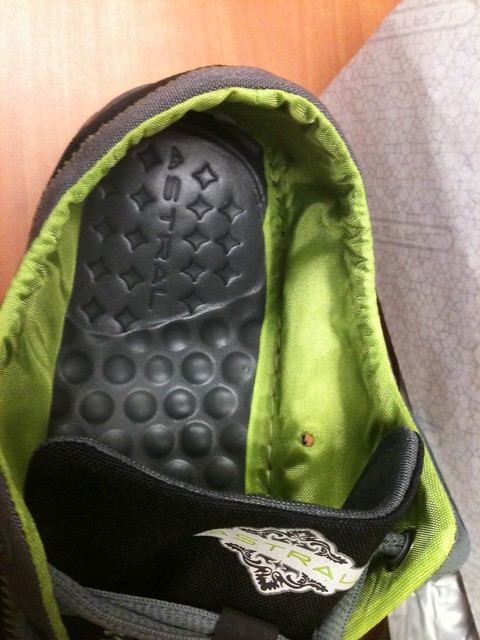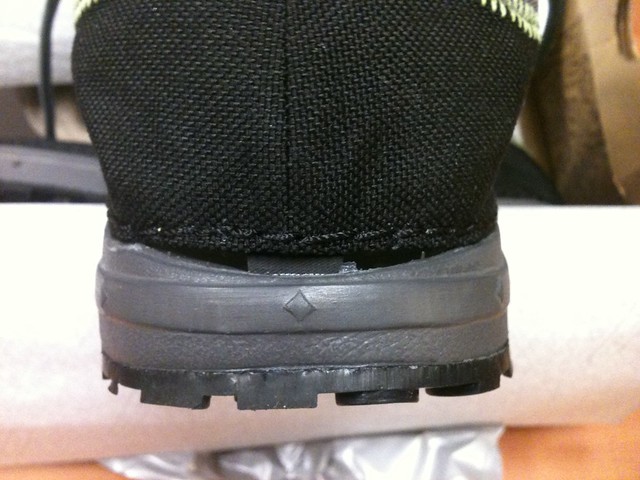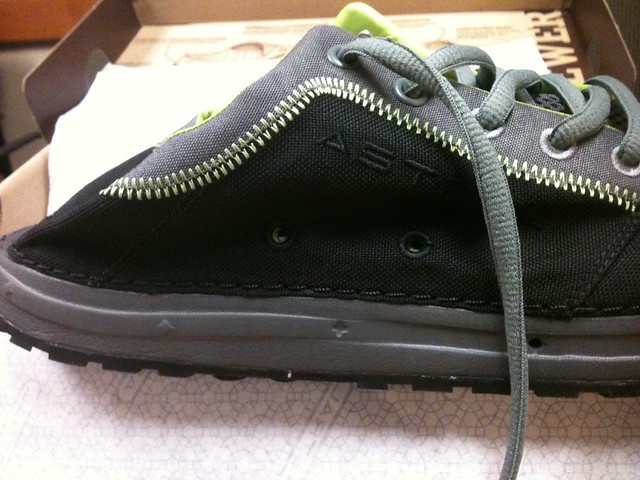It's a great feeling to pull the trigger on a new fishing kayak (or any kayak for that matter). Especially that first one. Your very first kayak is special. It's almost like when my oldest child was born. There was a ton of anticipation, excitement and several months leading up to it. When it finally arrived I was so excited but at the same time scared. Now what? Hopefully you bought it at a place like Austin Canoe and Kayak, Colorado Kayak Supply or other reputable dealer and they can help with this next part. If you didn't buy your kayak from a dealer, didn't have someone to guide you through and are spinning from all the options, keep reading.
As with kids, the kayak makes you start to think of "What else do I need?" Maybe your budget is tight and you can't get everything all at once. That is most of us. Don't be embarrassed. Very few of us have everything we need as soon as we get home. I've been through this process several times and it is different with every one but what I would like to offer is a shopping list. Start at the top and work your way down. Some people may have differing opinions and that's great. What I am hoping to do is take some of the guess work out of gearing up and save you the headaches I have gone through. This list is specific for kayak fishermen so after the second item the list would vary for other sports.
PFD (Life Jacket)- Most people go straight for the paddle. The only reason I recommend a PFD first is safety. If you blow all of your money on a fancy paddle and end up paddling in an $8 PFD that fits like an albatross, you won't be paddling for long. Choose a good PFD and always wear it. Check out the Astral Buoyancy and Stohlquist PFDs. Want to learn more about PFDs? Click Here. I also recommend a knife and a whistle to attach to the PFD so you can call for help or cut your way out of a tangle or hung anchor. If you are going to paddle at night, get a 360 degree light.
Paddle- This is your motor. Use this paddle guide and find the right one for you. If you only have two things you can buy, they need to be a good PFD and a paddle. That seems like a no-brainer but lots of people skimp on the first and sell their kayak shortly after from non-use.
Anchor Trolley- It seems strange to buy this before an anchor but believe me when I say you will be much happier if you do. An anchor trolley allows you to use a drift sock, stake out stick and anchor while positioning yourself to take advantage of the wind, not be a victim of it. This also will allow for a quick release if you get into trouble. This is the one I use. Inexpensive and easy to install.
Anchor- This is the most widely mispurchased item under $50. Anchors exist in all shapes and sizes. The most popular one is the collapsible anchor. This is also the most frequent one laying at the bottom of a rock pile or root group in 20 feet of water. Use a bruce-style claw anchor and use the zip tie method of connection to get your anchor back from the murky depths. Here is a link from TexasKayakFisherman.com that shows the proper way to rig this up.
Anchor Rope (and accessories)- Most anchors don't come with rope. If you are going to be fishing in any current or wind at all most people will recommend 2X the length of rope for the depth you are fishing. So if your fish are in 20 feet of water, you need at least 40 feet of rope. If you are fishing on the coast it is recommended 3X the depth. I like 3/16" rope but choose what you like. Just don't buy 1/16" rope and expect to raise a big anchor easily. While you are there in the rope section, pick up a carabiner and rope float to attach to these as well.
Rod Holders- These come in different varieties. You can get flush mount, rocket launchers, trolling rod holders for baitcasters and spinning, rail mount, and the list goes on and on. Look at some rigging pictures, sit in your boat, see where you can reach and then go buy one.
Milk Crate- You can buy one or ask a retail grocer for one. Either way, you can strap this down to the back of most kayaks and hold tons of tackle and gear. You can also add some PVC to be additional rod holders. Cheapest investment you'll love forever.
Everything Else-These things will get you going pretty well. After you have the above mentioned items, you should look at, in no particular order: a fish finder, stabilizers (depending on the kayak), drift sock, stake out stick, VHF handheld radio, scupper plugs (for sit on tops), waders, paddle gloves, really the list goes on and on. Most of all, have fun and catch some fish!
As with kids, the kayak makes you start to think of "What else do I need?" Maybe your budget is tight and you can't get everything all at once. That is most of us. Don't be embarrassed. Very few of us have everything we need as soon as we get home. I've been through this process several times and it is different with every one but what I would like to offer is a shopping list. Start at the top and work your way down. Some people may have differing opinions and that's great. What I am hoping to do is take some of the guess work out of gearing up and save you the headaches I have gone through. This list is specific for kayak fishermen so after the second item the list would vary for other sports.
Start Here:
| Stohlquist PFD |
Paddle- This is your motor. Use this paddle guide and find the right one for you. If you only have two things you can buy, they need to be a good PFD and a paddle. That seems like a no-brainer but lots of people skimp on the first and sell their kayak shortly after from non-use.
Anchor Trolley- It seems strange to buy this before an anchor but believe me when I say you will be much happier if you do. An anchor trolley allows you to use a drift sock, stake out stick and anchor while positioning yourself to take advantage of the wind, not be a victim of it. This also will allow for a quick release if you get into trouble. This is the one I use. Inexpensive and easy to install.
| Bruce-Style Claw Anchor |
Anchor Rope (and accessories)- Most anchors don't come with rope. If you are going to be fishing in any current or wind at all most people will recommend 2X the length of rope for the depth you are fishing. So if your fish are in 20 feet of water, you need at least 40 feet of rope. If you are fishing on the coast it is recommended 3X the depth. I like 3/16" rope but choose what you like. Just don't buy 1/16" rope and expect to raise a big anchor easily. While you are there in the rope section, pick up a carabiner and rope float to attach to these as well.
Rod Holders- These come in different varieties. You can get flush mount, rocket launchers, trolling rod holders for baitcasters and spinning, rail mount, and the list goes on and on. Look at some rigging pictures, sit in your boat, see where you can reach and then go buy one.
Milk Crate- You can buy one or ask a retail grocer for one. Either way, you can strap this down to the back of most kayaks and hold tons of tackle and gear. You can also add some PVC to be additional rod holders. Cheapest investment you'll love forever.
Everything Else-These things will get you going pretty well. After you have the above mentioned items, you should look at, in no particular order: a fish finder, stabilizers (depending on the kayak), drift sock, stake out stick, VHF handheld radio, scupper plugs (for sit on tops), waders, paddle gloves, really the list goes on and on. Most of all, have fun and catch some fish!
Read More


